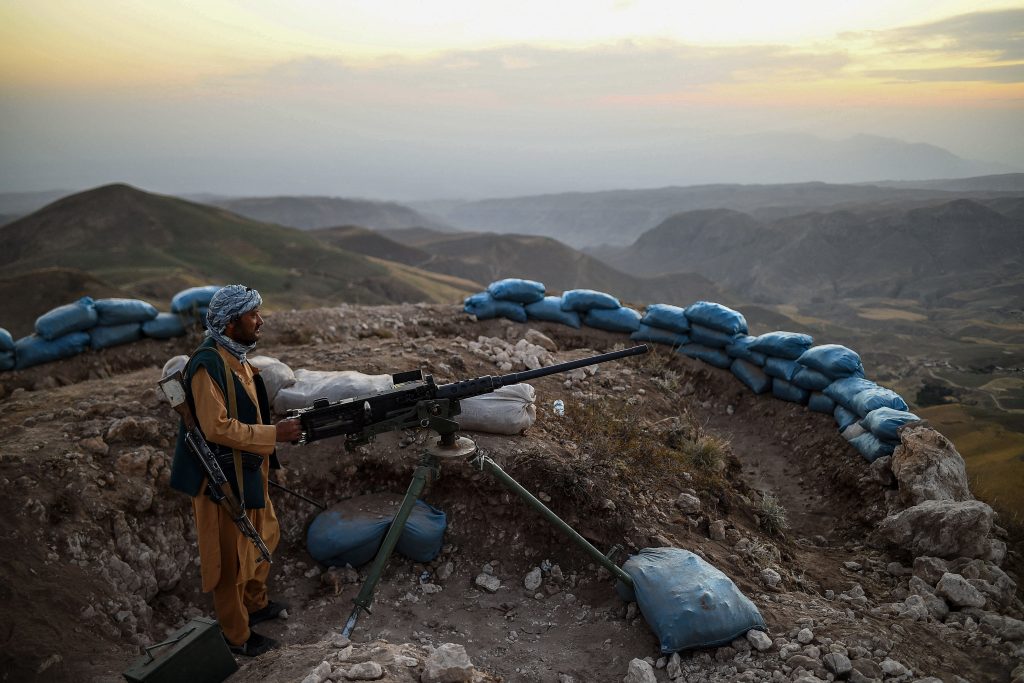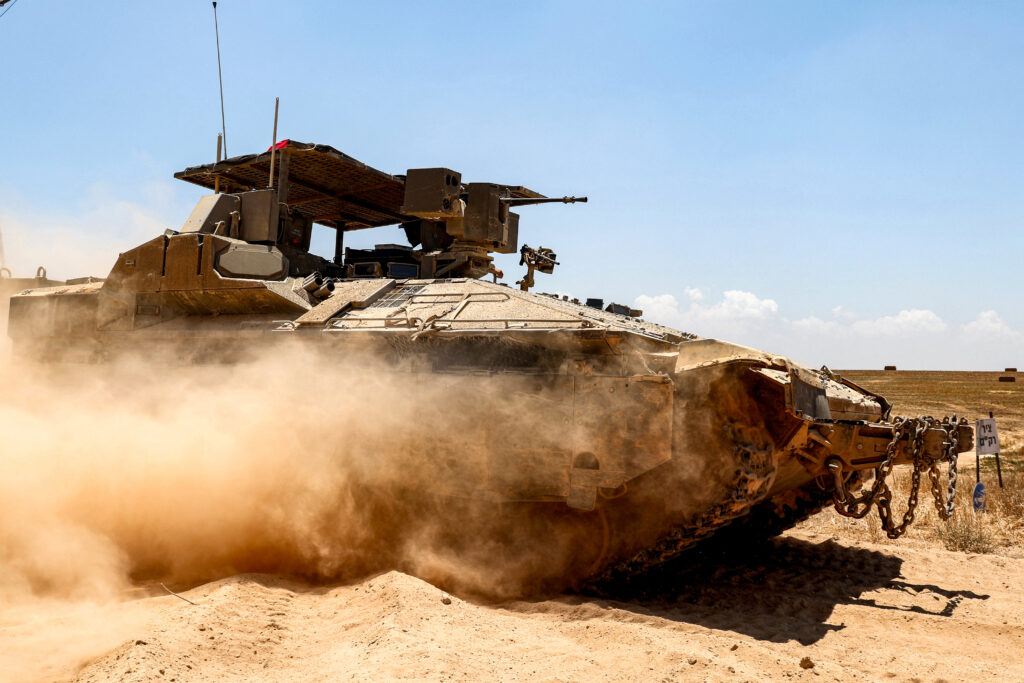A Taliban Takeover in Afghanistan Will Be a Strategic Disaster for Tehran
- - July 27, 2021

*Article courtesy of the Syndication Bureau
By Dnyanesh Kamat
The increasingly likely victory of the Taliban in Afghanistan is going to be a strategic nightmare for Iran. In recent years, Tehran initiated contact with the Taliban and even hosted talks between the Afghan government and the group. Despite its ideological antipathy to the Taliban, Iran maintained ties with the group as a hedge against the US presence in Afghanistan and to ward off the threat of ISIS. Tehran is also said to have supplied the group with arms and funding, allowed senior Taliban leaders access to Iranian medical services and given them shelter from American airstrikes. This was also done in the hope that the Taliban would agree to be part of a power-sharing future government in Kabul midwifed by Tehran, which would secure Iranian interests in Afghanistan. Instead, because of its rapid military victories in recent weeks, the Taliban are expected to come to power on their own.
Conservative newspapers in Iran, such as Jomhuri-ye-Eslami, have warned about the dangers of a Taliban takeover in Kabul. In an ironic twist, its editorials, which would otherwise never advocate for the rights of Iranian women, have warned of the dangers the Taliban pose for Afghan women. Iran’s policy in recent years toward the Taliban has marked the group as different from Al Qaida and ISIS. Yet Jomhuri-ye-Eslami lumps the Taliban together with both Al Qaida and ISIS, calling them an “unholy triangle,” and has also referred to the Taliban as terrorists.
As seems likely now, a Taliban takeover in Kabul will be unacceptable to Afghanistan’s various ethnic groups and political factions that have in the past fought the group. Reports suggest that several regional and ethnic militias are taking up arms. A civil war in Afghanistan could send another wave of refugees across the border into Iran, already home to approximately three million Afghan refugees, equivalent to roughly 4 percent of Iran’s population. This will put pressure on Iran’s flailing public services, already weakened due to American sanctions, and will increase political tensions within the country.
In addition, drug smuggling across the 900-km Afghanistan-Iran border is likely to increase in the event of a Taliban takeover. Despite their professed piety, the Taliban have allowed poppy cultivation to continue in the areas under their control, seeking to export opium to fund their arms purchases. Iran cannot risk its territory becoming awash with drugs. With two to three million drug addicts, Iran has one of the highest drug addiction rates in the world.
Illicit arms entering Iran from Afghanistan could also inflame Iran’s currently dormant ethnic insurgencies.
Politically, a Taliban government independent of Iranian influence is not a foreign policy legacy Supreme Leader Ayatollah Ali Khamenei would like to leave. Other than recruiting a few token Shia Hazaras, the Taliban have not made any serious commitment to inclusivity or plurality. Indeed, Tehran is alarmed that the Taliban continues to insist on the Hanafi school of Islamic jurisprudence, based on the ultra-conservative Deobandi school, to be the sole source of legislation for Afghanistan. This makes no allowance for Afghanistan’s Shia communities.
Unlike Iraq and Yemen, Iran’s Afghan proxy militia, the Fatemiyoun, composed of Shia Hazaras, is nowhere near as formidable as Lebanon’s Hezbollah or Iraq’s Popular Mobilization Units, and thus do not pose a serious challenge to the Taliban. In response to Turkey’s alleged plans to move Sunni jihadis from Syria to Afghanistan, Iran may respond by shifting its proxy militias from Syria and Iraq to Afghanistan. But this will compromise Iran’s recent strategic gains in Iraq, Syria and Yemen.
A Taliban government allied more firmly to Pakistan could imperil Iranian plans to link its Chabahar port to Central Asia via Afghan territory. Because Central Asian access to the Indian Ocean does not have to pass through Iranian territory, alternatives – much like the Uzbekistan-Afghanistan-Pakistan railway that links Central Asia to the Sino-Pakistan Gwadar port project in Pakistan – are possible under a Taliban government.
If the Taliban come to power on their own in Kabul, they will cause serious political embarrassment for Tehran. The regime’s past engagement with Al Qaida and the Taliban had caused unease for the diehards in the Islamic Republic. A series of editorials, also from conservative newspapers, now have engaged in delicate semantic maneuvers to make the Taliban’s assumption of power in Kabul palatable to the Iranian public. This has ranged from denial to outright lies, such as the hardline Kayhan newspaper’s position that the Taliban have historically not committed any crime against the Shia population of Afghanistan, or that today’s Taliban is different from its earlier 1990s incarnation.
While one part of Iran’s propaganda machinery expresses alarm at the Taliban’s rapid gains in Afghanistan, the other is trying to minimise the reputational damage to the regime for what is likely to be a foreign policy disaster. This suggests a regime in Tehran completely at sea and one that faces the prospect of its Afghanistan policy producing unanticipated damage to Iran’s strategic interests.
About the Author
Dnyanesh Kamat is a political analyst who focuses on the Middle East and South Asia. He also consults on socioeconomic development for government and private sector entities.
Image caption: In this picture taken on 11 July 2021, an Afghan militia fighter keeps a watch at an outpost against Taliban insurgents at Charkint district in Balkh Province. Photo by FARSHAD USYAN / AFP
More in This Series
More in This Series
- Jean-Loup Samaan
- - July 11, 2024
- Aisha Al-Sarihi, Ehsan Rasoulinezhad, Jinseok Sung
- - June 20, 2024








